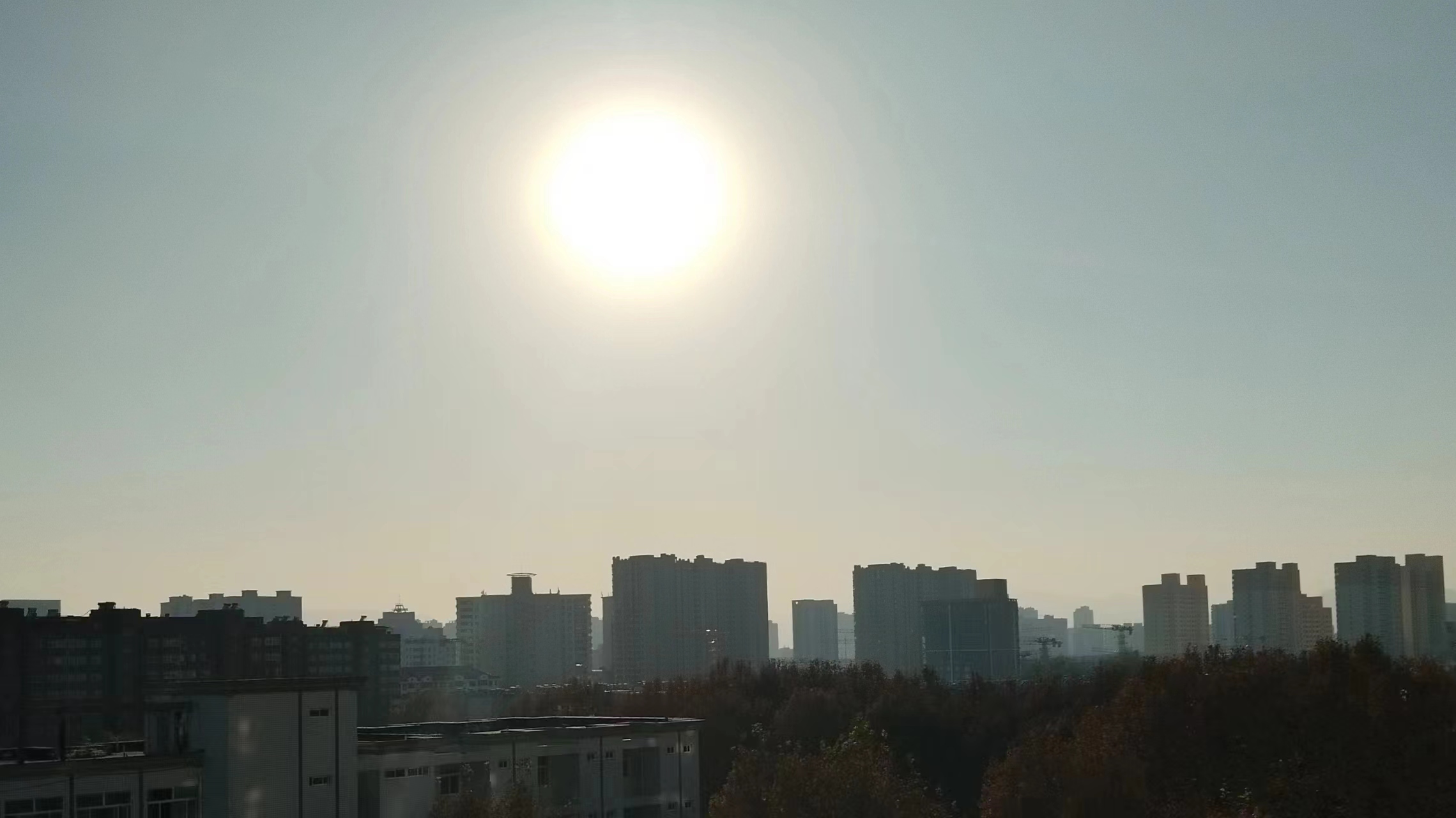Synchronous Extreme Heatwaves in Europe and East Asia: Insights from Complex Climate Network Analysis
Date:2024-12-05
The summer of 2022 experienced concurrent extreme heatwaves over Europe and Southern China, causing heavy wildfires and energy shortages. But how often do these synchronized heatwaves occur, and what are their underlying physical mechanisms?
Recent research, published in npj climate and atmospheric science, reveals robust synchronization between heatwaves over Europe and East Asia from a statistical perspective and investigates the underlying physical mechanisms by utilizing the event synchronization climate network method, atmospheric dynamic diagnostics, and numerical experiments. Led by Dr. JIANG Jilan from the State Key Laboratory of Numerical Modeling for Atmospheric Sciences and Geophysical Fluid Dynamics (LASG), Institute of Atmospheric Physics (IAP), Chinese Academy of Sciences (CAS), this study provides new insights into the nonlinear synchronization of extreme heatwaves in Europe and East Asia.

Parching summer sun in the morning. (Image by JIANG Jilan)
“The role of dry soil moisture over the Qinghai-Xizang Plateau in driving this synchronous extreme heatwave pattern is highlighted in this study. This has also enriched the research on the climatic effects of the Plateau.” said Prof. LIU Yimin , the corresponding author of the study and a senior research scientist at IAP/CAS.
The dry soil moisture conditions over the Plateau can induce two high-pressure systems over Europe and East Asia by initiating circumglobal atmospheric Rossby waves that propagate westward and eastward. These high-pressure systems trigger concurrent heatwaves across Europe and East Asia by increasing downward solar radiation and adiabatic sinking, which is further amplified by positive land-atmosphere feedback.
“This research offers a fresh perspective on the dynamics of synchronous extreme heatwaves and provides valuable insights for better understanding and forecasting these phenomena in the context of a rapidly warming climate.” Concluded Prof. FAN Jingfang, another corresponding author of the study and a senior research scientist at the School of Systems Science, Beijing Normal University.
